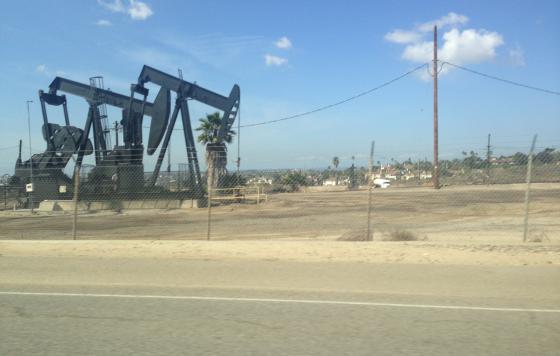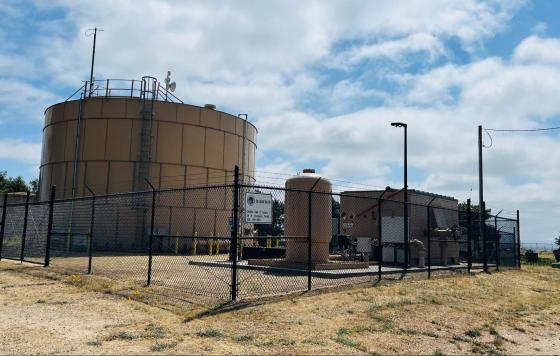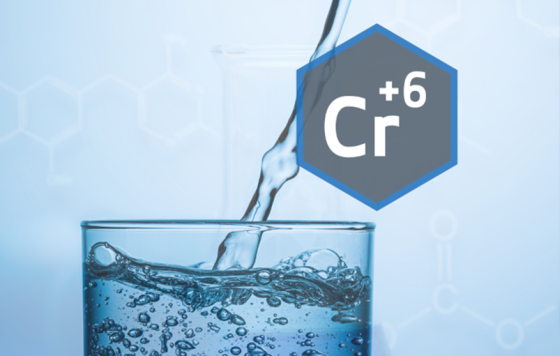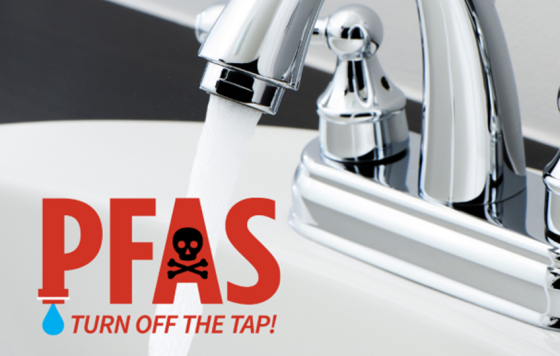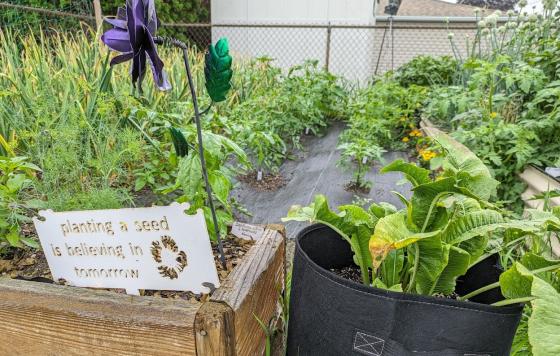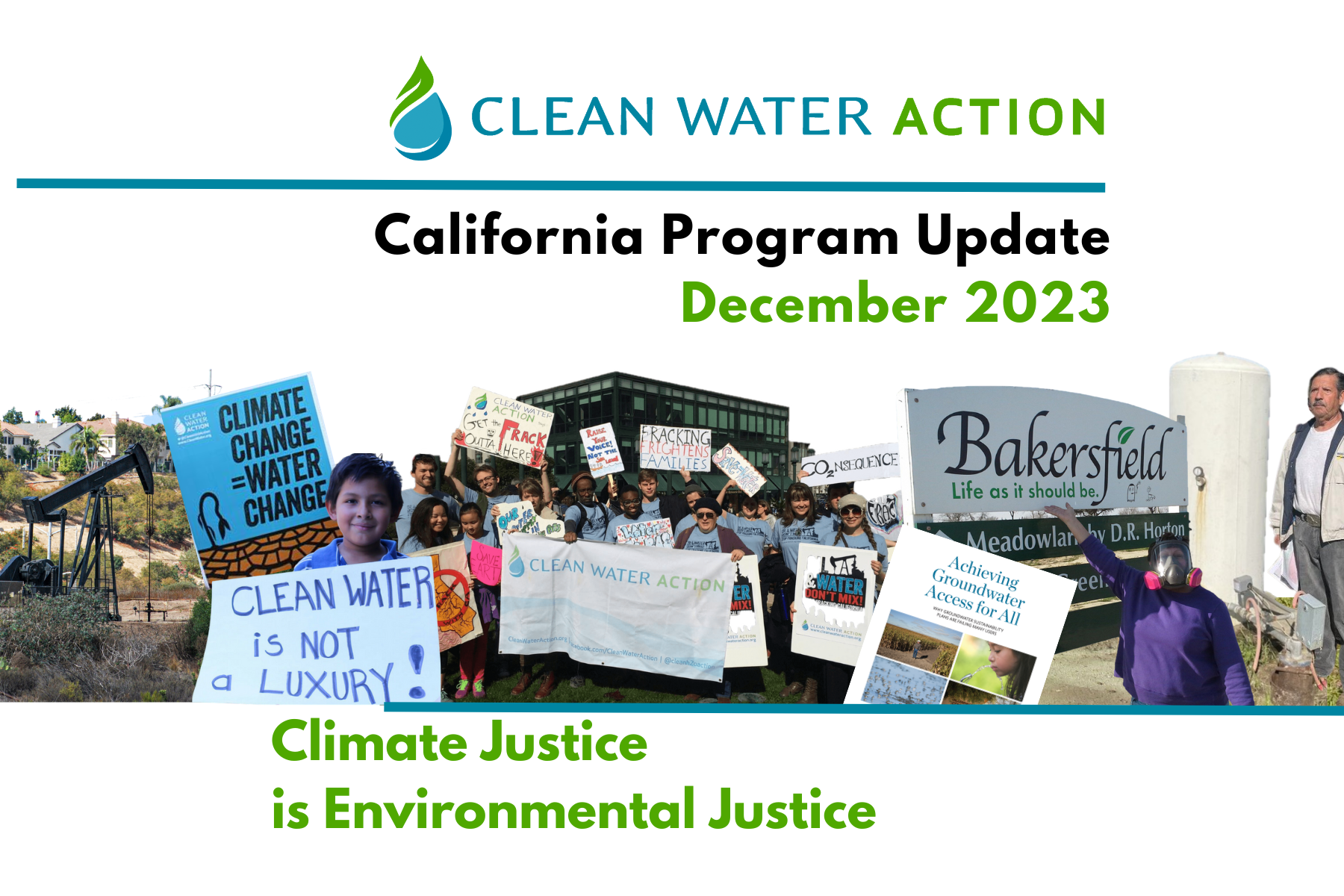
Climate Justice is Environmental Justice
Environmental Justice is a well-known term, coined in the 1980s to reflect research that has found a strong link between environmental degradation and race. The term “Climate Justice” is an extension of that framework. Just as environmental harm disproportionately impacts communities of color, so do the impacts of a warming climate disproportionately impact those same communities. This can be reflected, for example, through increasingly hazardous working conditions for farmworkers and the disproportionate impacts of both drought and floods.
Clean Water Action is committed to calling attention to the specific issue of climate justice and demanding protections for communities affected as we work to address the overarching issue of climate change. Just this past year, we have conducted research, introduced legislation, and advocated for state agencies to address the unfair distribution of climate burdens that low income communities and communities of color face in California.
Fighting Off Oil and Gas Companies
As the battle over eliminating fossil fuels from our society rages on, frontline communities bear the burden of the impact from these dangerous industries. Over 9 million Californians live near oil and gas production of some kind, the majority of them low income families of color. These communities are at a much higher risk of developing serious health issues. Many were established at a time when residents of color were legally prevented from purchasing homes in many California neighborhoods. Other challenges such as gentrification, housing discrimination, and the rising cost of living also limit their ability to move to a safer distance from oil wells. Instead, these residents are forced to bear the brunt of environmental racism and industrial greed.
Our oil and gas program works to give a voice to California’s frontline communities and empower them to fight for government protections and environmental equity. Earlier this year we worked with members of Comite Lost Hills en Accion to address the air pollution in their community coming from a large compost heap that had caught on fire. Many residents living upwind of the fire reported chest pains, headaches, coughing, fatigue, and numerous trips to hospitals and clinics.
The community was told that the compost would need to burn for 5-6 weeks and nothing could be done to stop it. However, working with the Comite, we pressured the Valley Air District to hold the Wonderful Company responsible; within days, air purifiers were provided to most households in the community, and the fire was put out within two weeks.
We’re continuing our fight for environmental justice with our eyes on the 2024 ballot, where Californians will vote on whether or not our most vulnerable communities will get a 3200 ft buffer zone in between their schools, hospitals, and residential areas and toxic oil drilling sites. This safety zone, which studies have demonstrated will prevent serious health issues, will serve to protect the primarily people of color and low income communities nearby.
Our efforts were undermined by the oil and gas industry, but we didn’t let that discourage us. This is why we’re not only continuing the fight for the 3200 ft buffer zone, but we achieved a great victory in the passage of AB 1167 (Carillo), which requires new well owners to take responsibility for properly closing wells at the end of their useful life.
Learn more about our work with fenceline communities here.
Protecting Groundwater for Communities
We’ve seen time and again that vulnerable communities are the most impacted by extreme climate events like drought and flooding. Earlier this year when California was hit with intense rain and floods, the people most affected were low income communities and communities of color, such as Allensworth and Planada. They suffered a significant loss in drinking water supplies as well as major property damage.
Clean Water California’s groundwater program has worked with and for vulnerable communities to protect their groundwater resources for decades. As extreme weather disproportionately impacts these communities, that effort is both more difficult and more important. In order to protect drinking water sources now and in the future, we must work on 2 fronts - provide safe drinking water now, and ensure that water sources continue to be available in our changing water future.
In July, Clean Water Action and its partners released an important research paper that identifies how communities and the environment are - and are not - protected by local groundwater management. This research shows that most people reliant on groundwater are not protected from overdraft and contamination of their water supplies.
Our paper quantifies this problem and offers solutions to improve groundwater sustainability - learn more here.
Find out if you are within a groundwater basin and if it is protected under the Sustainable Groundwater Management Act implementation: https://sgmareview.org/
Achieving Groundwater Access for All: https://cleanwater.org/publications/achieving-groundwater-access-for-all
Stakeholder Integration predicts better outcomes from groundwater sustainability policy: https://www.nature.com/articles/s41467-023-39363-y
This work could not have been achieved without the support of people like you.
We’re committed to continuing our work in the future as we fight for environmental and climate justice, and as you consider your end of year gift, we hope you decide to join us. Thank you for your support!
Make a Special Gift to Support Clean Water Action & Clean Water Fund in California
